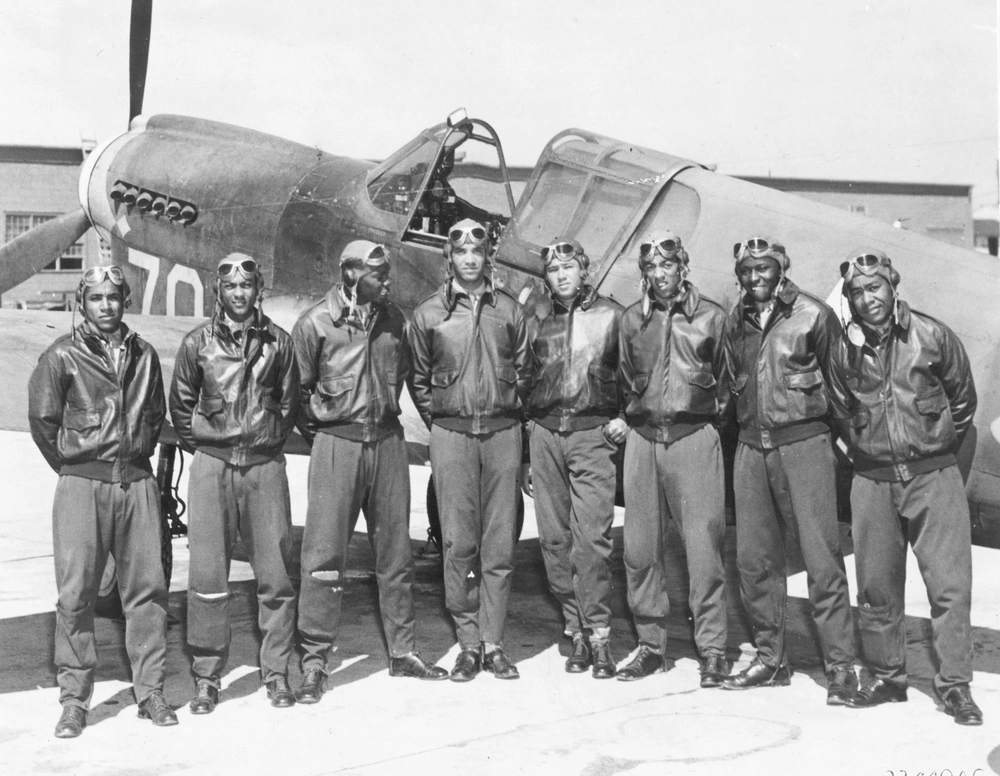PCS Moves: Shipping a Privately Owned Vehicle Overseas

If you receive permanent change of station (PCS) orders that have you moving from one stateside military base to another, chances are good that you are expected to get your privately owned vehicle (POV) from one base to the next, with reimbursement from the government possible for mileage and other expenses.
(No, the term “privately owned vehicle” is not how people normally talk about their cars, but POV is the term used in the regulations that govern these issues.)
But if you are being reassigned overseas there are a few obvious issues associated with your car, truck, motorcycle, etc. The first is whether you are permitted to ship your vehicle at all. Some military assignments don’t permit you to ship a car or they require you to be a certain rank before you are allowed to do so.
PCSing Overseas: Rules Vary Depending On Location
In the early 2000s, many Air Force troops assigned to locations in South Korea such as Kunsan or Osan were not allowed to ship a vehicle, partially due to the nature of military duty there; many were assigned to South Korea for a one-year tour and given a longer assignment afterward.
Around the same time period, many Navy and Air Force troops assigned to Naval Air Station Keflavik, Iceland were allowed to ship vehicles there as the tour of duty in Iceland was typically two years or longer depending on circumstances.
The takeaway: You’ll need to verify that you are authorized to ship a vehicle and that authorization must be reflected in your PCS orders or their amendments when the time is right.
Shipping a Car Overseas: Size and Weight Limits
The federal government may typically limit the size of a vehicle to 20 metric tons, but that size restriction is subject to change depending on the host nation’s laws.
Some countries have specific regulations about how big, how loud, and even how environmentally friendly a vehicle is and those rules will factor into your ability to ship a vehicle overseas when PCSing.
That means that you can’t guesstimate what the actual rules will be until you know where you are relocating to. Driving overseas isn’t a one-size-fits-all proposition. Those stationed in Japan must quickly learn how to drive on what Americans believe is the “wrong side of the road”, with “vehicle traffic moving on the left”, as the U.S. Embassy official site puts it.
The takeaway: Expect a 20 metric ton weight limit as a general guideline but you will need further guidance based on the host nation’s rules of the road, imports, etc.
How to Calculate Your Vehicle Weight
The official calculation, according to the Defense Transportation Regulation Part IV, to determine the metric tonnage of your vehicle is:
- Multiply the length times the width times the height in inches;
- Divide by 1728 (this is the cubic feet)
- Divide by 40.
Any excess tonnage may require you to pay a fee for the overage.
The takeaway: Know that going over the limit does not typically result in your vehicle being rejected for shipment, but you may have to pay for the additional weight.
PCSing Overseas With A Vehicle: Modified Vehicles, Custom Cars
Does the vehicle you want to ship to an overseas military base have customizations? A loud muffler, heavily tinted windows, an elevated back end, or even hydraulics? Don’t expect to be permitted to ship such a vehicle to an overseas location with all mods intact. Why? Because just like certain parts of the country such as California, some host nations have many laws regarding such modifications.
In Japan, you’ll find that window tint darkness and placement are serious issues. In Iceland, peel-off window tint is prohibited and you cannot ship a vehicle there if it has “daytime running lights”.
The takeaway: Each country has its own regulations for privately owned vehicles shipped there from the USA. You’ll need to know the specific rules applicable to the specific modifications you made to your vehicle.
Shipping a Vehicle Overseas: Customs Laws
Your car or truck is not shipped to the overseas location without passing through Customs, which means you cannot do what every first-timer asks about–stuffing your car full of personal belongings so you can send extra personal items to the overseas duty location. This is not allowed.
In fact, there are strict rules (which vary by country) about what you can ship in a vehicle. Typically you cannot ship anything in the confines of the car not associated with the operation of it.
You may be allowed (or even required) to ship a jack, spare tire, warning flags or triangles, luggage racks, snow chains or other items in the vehicle. But removable car stereo systems or other peripherals may need to be removed prior to shipping.
Your vehicle will have to clear Customs on the departure side and the arrival side of the journey. Know the host country’s laws about what can be shipped in the vehicle and what cannot and know there is no guarantee your vehicle will clear Customs on the arrival side just because your vehicle is able to clear Customs on the departure side.
The Takeaway: Don’t risk having the vehicle rejected in the Customs inspection line at your destination by putting unauthorized items in the vehicle.
Shipping a Vehicle Overseas: Where to Start
Contact your base Transportation Management Office (TMO) or its equivalent at your installation. Contact the Outbound section if there is one available, otherwise, contact the main number and ask about shipping a vehicle to your new assignment.
About the author
Editor-in-Chief Joe Wallace is a 13-year veteran of the United States Air Force and a former reporter/editor for Air Force Television News and the Pentagon Channel. His freelance work includes contract work for Motorola, VALoans.com, and Credit Karma. He is co-founder of Dim Art House in Springfield, Illinois, and spends his non-writing time as an abstract painter, independent publisher, and occasional filmmaker.


